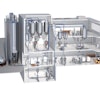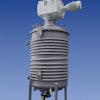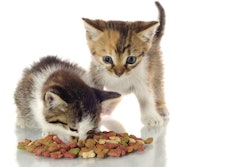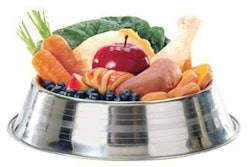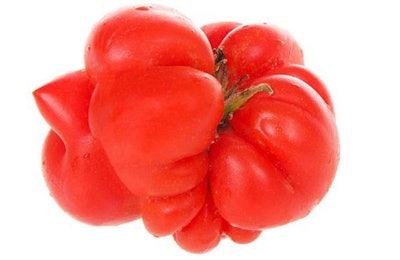
Upcycling is a new word for something the pet food industry has done for a long time, using human food products that would have otherwise gone to waste. Upcycled pet food ingredients use existing materials, especially otherwise discarded foods like misshapen vegetables, to make a value-added item. Co-products, or by-products, have served as ingredients in pet food for decades. However, consumers don’t always think of these ingredients in terms of environmental and economic sustainability. Instead, pet owners may tend to think of by-products as inherently low-quality, in part because of marketing efforts by some pet food brands.
Pet food industry professionals need to start thinking and evaluating current supply chains and systems and allocating new resources to creating new ones, Alex Waite, co-founder of Shameless Pets, said during her presentation at Petfood Forum 2021. Shameless Pets uses unwanted fruits, vegetables and other ingredients to make upcycled dog treats.
“It's now time to start figuring out how we can start reframing consumer perceptions,” she said. “Thinking that co-products are not nutritious solutions for companion animal nutrition, it's not only inaccurate, but it ignores the opportunity to improve the sustainability of our food system, while adding value back into otherwise wasted ingredients.”
Upcycled pet food ingredient certification
To help counter this image of co-products and develop new markets for otherwise wasted food, the Upcycled Food Association first developed a definition for upcycling then enumerated requirements for a certification program.
“The definition that we came up with was upcycled food uses ingredients that otherwise would not have gone to human consumption are procured and produced using verifiable supply chains and have a positive impact on the environment,” Ben Gray, chief innovation officer of the Upcycled Food Association, said during the presentation.
To obtain a certification from the Upcycled Food Association, a pet food ingredient supplier needs to meet these criteria:
- Documentation that inputs were previously destined for a food waste destination.
- Documentation such as a Bills of Lading, proof of segregation, identification of supply chain GHGE sources and other pertinent information related to supply chain and production practices.
- Documentation of the % of upcycled ingredients by weight and the tonnage diverted as a result of yearly production.
- Compliance with all applicable regulations for the process, production, intended use, and market destination outside the UCP purview such as AAFCO Standards.
During the past several thousand years most dogs likely scarfed down human refuse and handouts. Dogs’ ancestors were wolves, but dogs evolved during domestication to be capable of digesting carbohydrates more efficiently. Nutritionally balanced pet foods have replaced trash middens and leftovers, modern canines can still fulfill their primeval role in making sure no food goes to waste.
Petfood Forum
Petfood Forum serves the global pet food manufacturing industry. The in-person and on-demand event delivers the opportunity to learn about pet nutrition, global pet food market growth, pet food safety, processing, packaging and more, all from leading, recognized pet food industry experts.

